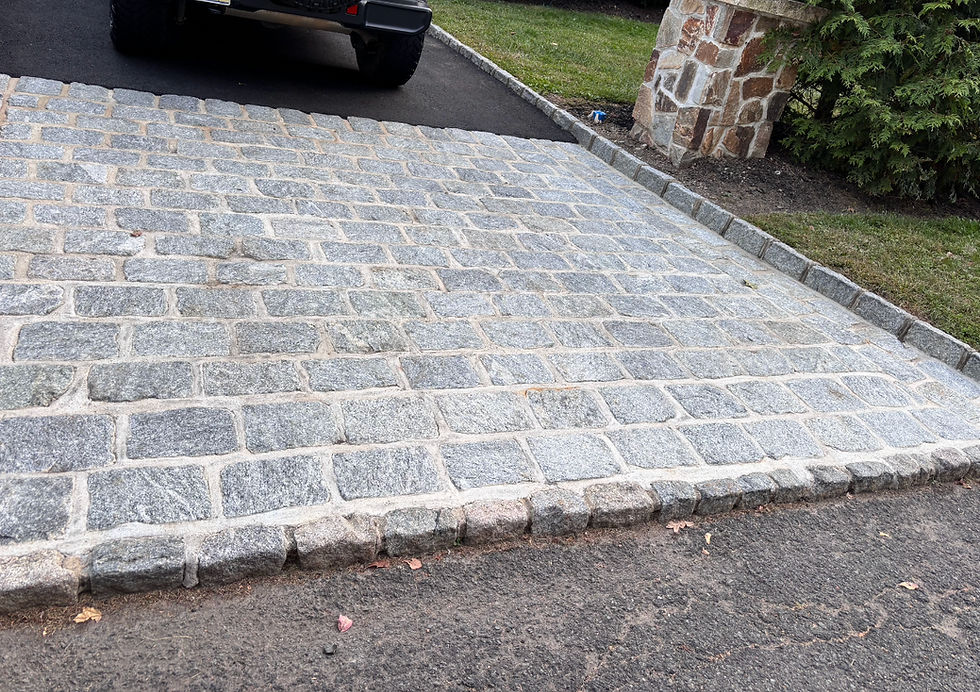Enhancing Your Outdoor Space: The Importance of Pool Patios and Coping
- Jun 18
- 4 min read
Updated: Jul 31
Creating an inviting outdoor space often centers around a pool area. This is where family and friends gather to relax and spend quality time together. The design of your pool can greatly influence the overall atmosphere. This is where pool patios and coping come into play. They not only enhance the visual appeal but also improve safety and convenience.
In this blog post, we will explore the role of pool patios and coping, their various materials, design considerations, and how they contribute to enhancing your outdoor ambiance.
Understanding Pool Patios and Coping
A pool patio surrounds your swimming pool. It provides a space for lounging, entertaining, and enjoying the outdoors. The patio features materials like concrete, pavers, or stone that provide a safe, slip-resistant surface.
Coping, on the other hand, caps the edge of the pool. It serves both functional and aesthetic purposes. It can be made from materials like tile, stone, or brick. For example, a brick coping helps create a defined edge that prevents water from spilling over.
Both pool patios and coping greatly influence the pool's overall design, functionality, and safety.
Aesthetic Appeal
The visual impact of your pool area plays a huge role in its appeal. A well-designed pool patio can create a seamless transition from your home to your outdoor space. This can increase your property's curb appeal by up to 20%.
Choosing the right materials can significantly affect your pool area's style. Natural stone, like travertine, lends a rustic, organic feel. Conversely, sleek concrete or modern pavers offer a contemporary aesthetic.
Combining different materials for your patio and coping can create visual interest. Many homeowners experiment with patterns and colors. For instance, a patio of light-colored pavers paired with darker coping can provide striking contrast and complement garden elements.
Enhancing Safety
Safety is crucial in pool design. A slip-resistant surface on the patio is essential for preventing accidents, especially when the ground is wet. Textured materials can significantly reduce slip and fall risks. For example, a textured stone patio can decrease the risk of slips by 70%.
Coping also adds a layer of safety. It acts as a barrier, preventing water from spilling onto surrounding areas. This reduces the chance of slippery surfaces. Properly installed coping can direct water away from the pool, protecting the ground from erosion.
Maintenance Factors
When selecting materials for your pool patio and coping, consider the maintenance requirements. Concrete and pavers might need resealing every 1 to 3 years to keep their appearance and durability.
Natural stones, though beautiful, can require more upkeep. For example, travertine may need cleaning and sealing every couple of years to prevent algae growth. Consider how much effort you are willing to invest in maintenance to keep your pool area looking its best.
Usability and Functionality
Pool patios also help with usability. A spacious patio allows for the addition of lounge chairs, dining sets, and outdoor kitchens. Creating defined spaces for activities can improve the flow and make hosting gatherings easier.
Incorporating features like built-in benches or raised planters can elevate functionality without compromising style. For instance, a well-placed bench can serve as seating while maintaining an open feel. Choosing patio layouts that maximize space and comfort is essential for creating a functional and inviting outdoor area.
Variety of Materials
Here’s a quick look at some popular options for pool patios and coping:
Concrete: Known for its durability and customizability, concrete can be stamped or stained. This allows it to achieve various styles while withstanding various weather conditions.
Pavers: Available in countless colors and patterns, pavers can be installed to create intricate designs. For example, a herringbone pattern can add elegance and charm.
Natural Stone: Materials like flagstone or slate offer a luxurious touch but come with a higher price tag and may need more care.
Brick: Adding a classic aesthetic, brick is durable and can provide an inviting look. However, it can become slippery when wet, so mixing it with non-slip patio materials is advisable.
Balancing aesthetics and functionality is key when choosing your materials.
Climate Consideration
Your geographical location can greatly influence material selection for your pool patio and coping. For instance, using materials that withstand local weather patterns will extend the life of your installation.
For colder climates, stones like granite can endure freezing temperatures better than other materials. Similarly, in warmer areas, sun-resistant options like concrete can prevent fading. Understanding your local climate will guide your choices and potentially save on future repairs.
The Role of Pool Patios and Coping in Outdoor Living
Pool patios and coping are not just about aesthetics; they enhance your outdoor living experience. They create a space for relaxation and enjoyment. Imagine lounging by the pool, surrounded by beautiful landscaping and a well-designed patio. This is where memories are made.
The right patio can serve as a gathering place for family and friends. It can host barbecues, pool parties, and quiet evenings under the stars. The design and materials you choose will set the tone for these experiences.
Final Thoughts
Pool patios and coping play crucial roles in enhancing your outdoor ambiance. They improve both the visual appeal and functionality of your pool area. By carefully selecting materials and designs that reflect your style while prioritizing safety and usability, you can create a welcoming environment that serves as the heart of your home.
Investing time and thought into your pool patio and coping ensures your outdoor space not only looks beautiful but also allows you to make the most of your time spent outdoors. From making gatherings enjoyable to providing safety for family and visitors, the impact of these features is profound. Embrace these elements, and watch your backyard transformation unfold.
---wix---




Comments